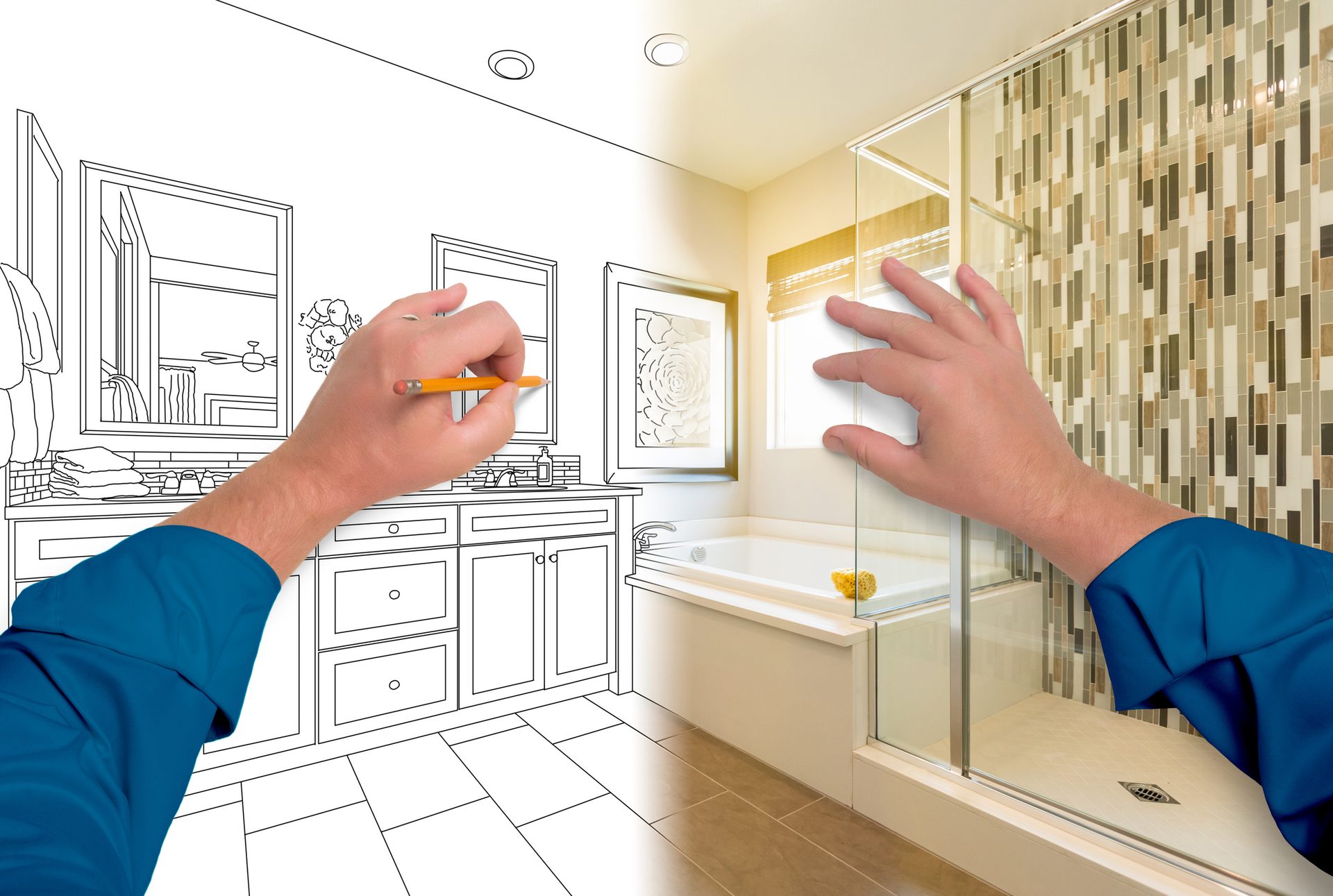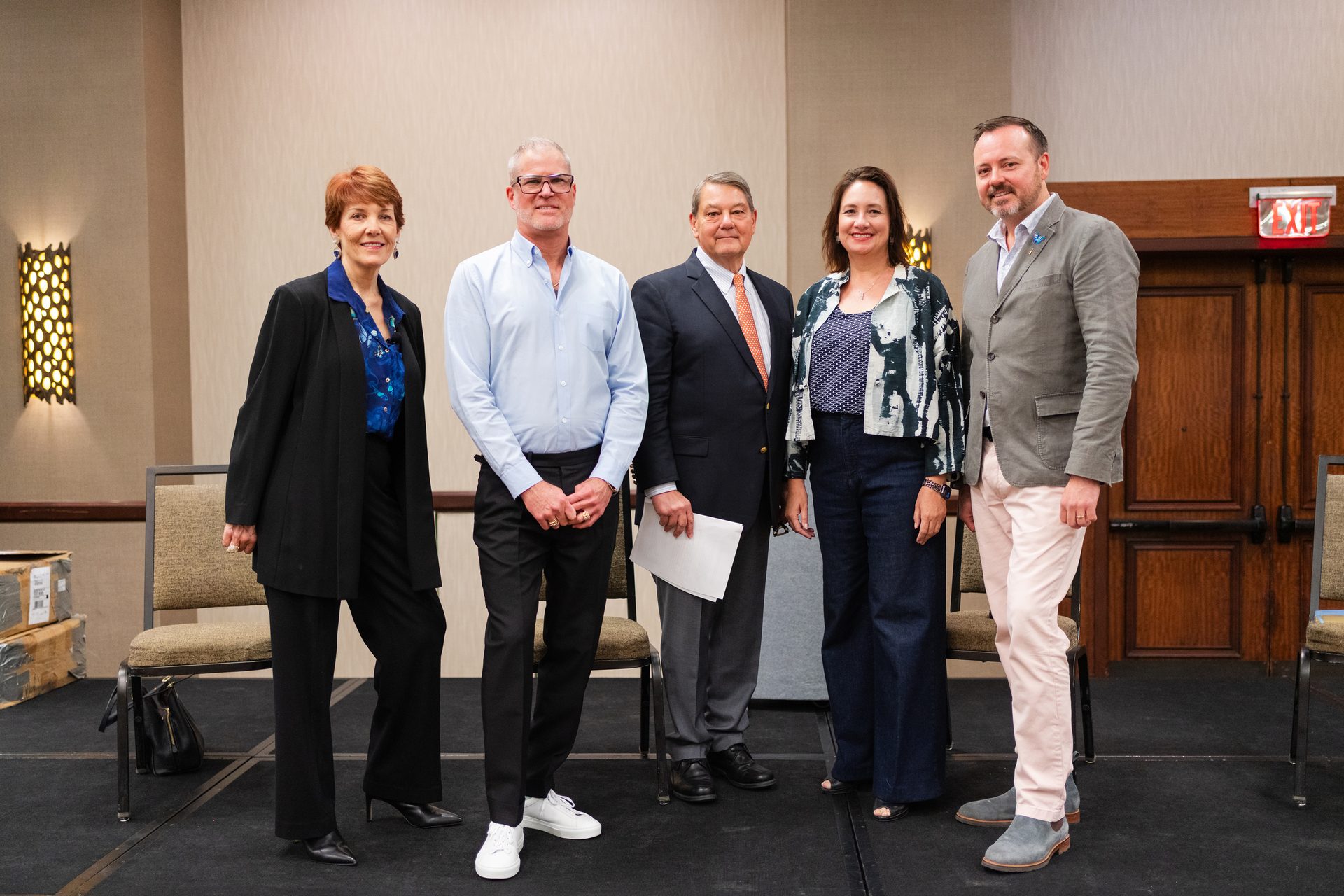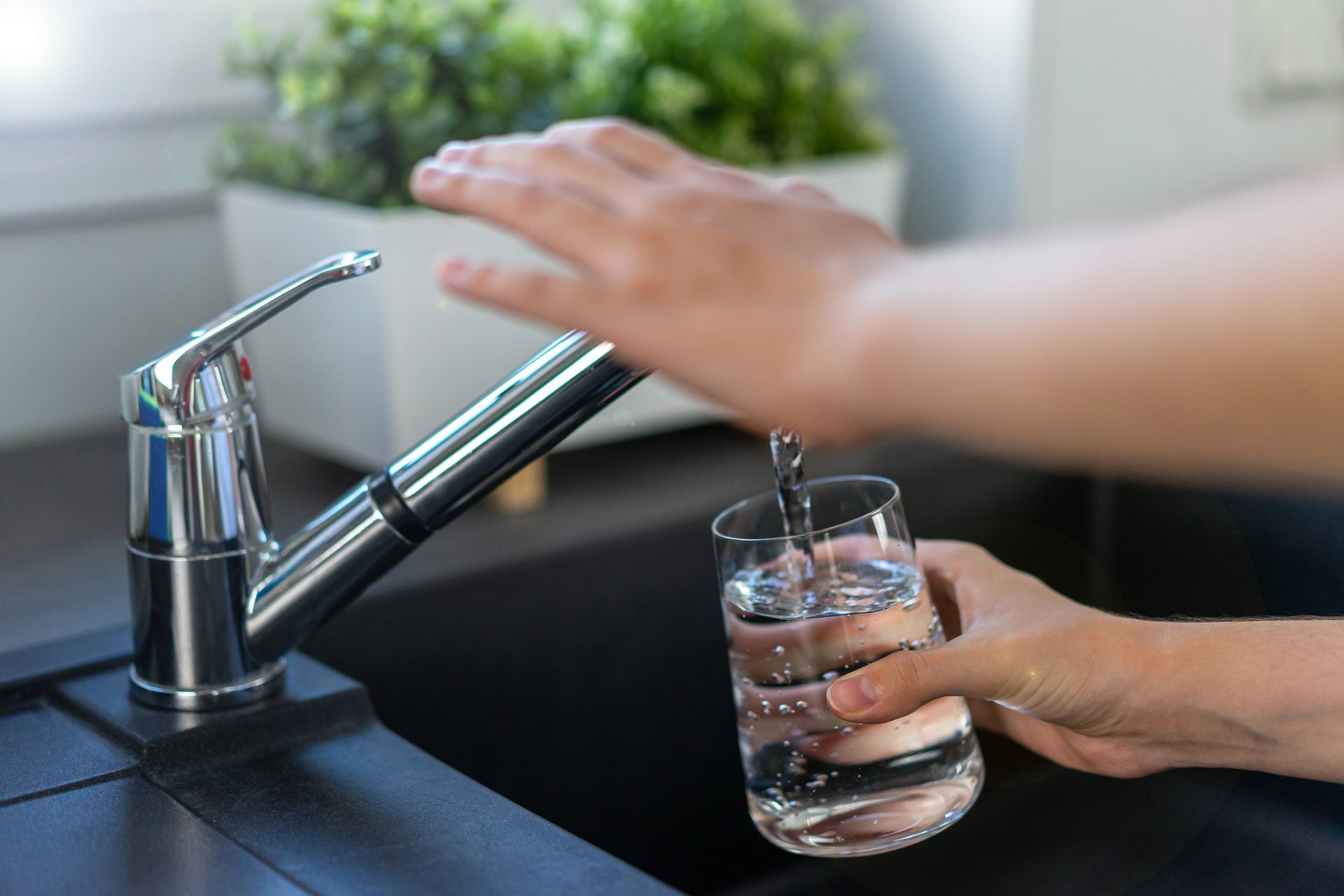Connection from project conception:
Bath & kitchen project success starts with A&D community; loyal relationships with designers are lucrative to showroom and plumber success.
By Natalie Forster

Feverpitched / iStock / Getty Images Plus / Via Getty Images
In today’s rapidly evolving bath and kitchen industry, collaboration is more critical than ever, and that means stepping outside the traditional lanes. For plumbers, engineers, and wholesalers, building stronger relationships with architects and designers isn’t just beneficial — it’s essential. The A&D community is home to key decision-makers and influencers when it comes to product selection, system layout and end-user experience. By understanding their priorities and engaging early in the design process, industry pros can position themselves as valuable partners, improve project outcomes, and stay ahead of emerging trends in aesthetics, functionality and sustainability.
A recent panel discussion at the 2025 Luxury Products Group (LPG) annual meeting revealed the best ways to service, engage with and utilize designers in today’s technology-driven marketplace. Speaking to a room full of IMARK Plumbing wholesaler members and their manufacturer partners, world-renowned designer Melissa Galt, interior design business strategist, Tanya Shively, owner and principal designer at Sesshu Design Associates, Brain Gallop, Relations Manager for GRAFF, and Jeremy Smith, creative director for Central Arizona Supply, covered how plumbing professionals can make the most of their relationships with their A&D partners.
Why do plumbers need to work with A&D
When thinking about the day-to-day of a plumber’s job, you might not think about architects and designers, but the reality is that plumbers need to work with the A&D side from project concept through completion. First, plumbers provide crucial insight into the feasibility of plumbing layouts, fixture placements, and system routing during the design phase, helping architects and designers create plans that are not only aesthetically pleasing but also functional and code-compliant.
From there, plumbers ensure that the layouts crafted from the A&D side are practical — think water supply lines, drainage requirements and venting systems; i.e., making sure all of the behind-the-wall systems integrate seamlessly with the design vision. Designers tend to chose fixtures based on style, but a plumbers insight will ensure the compatibility of systems and long-term serviceability of those products meet the needs of the project (building or home).
As with any complex project, issues and changes arise throughout the construction process. Plumbers work closely with architects and designers to adjust plans when issues arise—finding ways to maintain design intent while addressing structural constraints or budget limitations.
The best outcomes are when plumbers, architects and designers collaborate from the start. Similarly, wholesale partners in showrooms must be plugged into the A&D community in order for their businesses to thrive.
“The products you sell are part of a transformation of a home. Designers are the transformists.”

Servicing designers in the showroom
According to the designers and showroom experts on the LPG panel discussion, community engagement is key when it comes to nurturing relationships with designers. Interior designers, architects and engineering firms are oftentimes the first parties to know about local projects coming soon; a hotel undergoing a major renovation or a new customer home neighborhood breaking ground.
When a showroom has a strong, loyal relationship with a designers, engineer or architect, there is a greater chance that the products they carry are specified. Similar to how plumbers educate the A&D community, wholesalers can keep designers up to date on new technologies, product offerings, inventory limitations and more.
Some tips the panel shared to better serve designers to boost the chances they specify your product or products you sell are:
- Have a designated salesperson who specializes in addressing the needs of the A&D community;
- Have a contact at each vendor that a designer can go directly to for help;
- Be extremely transparent and proactive about price changes and lead times;
- Educate clients while they are in the showroom about live finishes and how they will change over time – show them examples of what a finish looks like after several years of use vs. fresh out of the box;
- Stock WaterSense certified and sustainable products first;
- Make sure your go-to designers are the first-to-know about new products and finishes;
- Like and engage with their content and work on social media; and
- Invest in stand-out, memorable events.

A highlight of the LPG Expo program was a candid panel discussion with world-class designers and showroom experts. From left: Melissa Gault, Brian Gallop, GRAFF, Chris, Amanda, and Jeremy Smith, Central Arizona Supply. Image by Scorpio Rising Media
Going deeper – think outside the box
When diving into the tips above, the panel members emphasized that all of these actions must stem from building reliable, trusted partnerships; partnerships that go far beyond selling and specifying product. One designer said, “the key to selling to people is not selling.”
The panel encouraged wholesalers and plumbers alike to gain a better understanding of what the A&D community does day to day. Melissa Galt summarized it well saying, “The products you sell are part of a transformation of a home. Designers are the transformists.”
The designers explained that storytelling is the key to capturing the attention of the A&D community and the clients they are working with. Brian Galloup reminded everyone that “people don’t know your company or product story the way you think they do,” urging showrooms, manufacturers and plumbers to constantly be telling the story of what makes what you are selling unique.
Community and engagement
Designers are community-driven; meaningful events are important to fostering those loyal relationships professionals need to have with the A&D community. Showrooms can become hubs of inspiration and collaboration by hosting curated events specifically designed for architects and designers. One effective approach is to organize "Design & Innovation Nights" that showcase the latest bath and kitchen products, finishes, and technologies. These events can include hands-on product demonstrations, CEU-accredited presentations, and guest speakers from the design and architecture world. Offering food, drinks, and networking opportunities creates a relaxed atmosphere where professionals can exchange ideas, build relationships, and see firsthand how showroom products can align with their creative visions and project goals.
Another powerful strategy is to host collaborative design workshops or "Spec Labs," where architects and designers can bring in active projects to work on with showroom consultants and manufacturer reps. These sessions provide one-on-one support, guidance on product compatibility and availability, and even assistance with creating spec packages. By positioning the showroom as a resource—not just a retailer—these events build loyalty and trust, helping to ensure that architects and designers return for future projects and refer clients with confidence.

